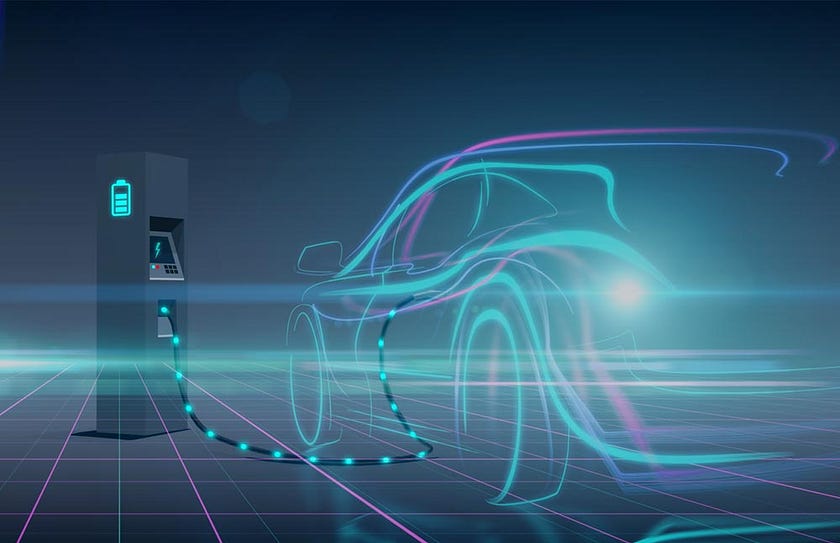A Comprehensive Examination of Electric Vehicle Charging Station Infrastructure
In this blog we discuss the intricate underpinnings of electric vehicle charging station infrastructure, dissecting its essential components, advanced strategies, and the research-oriented considerations shaping its evolution.

Introduction
As electric vehicles redefine mobility, a robust charging station infrastructure is imperative. This research-oriented discourse delves into the multifaceted framework that drives electric vehicle charging station infrastructure, elucidating its pivotal role in realizing the potential of sustainable transportation.
Classification and Charging Modes
EV charging stations are classified based on charging modes, spanning Level 1, Level 2, and DC fast charging, etc. Each mode presents distinct charging speeds and voltage requirements, catering to varied usage scenarios and driver preferences.
EV Charging Station Components
The core components of electric vehicle charging station infrastructure encompass several facets. The integration of power electronics, energy storage, and grid connectivity creates a symbiotic relationship between the charging station and the electrical network. Charging station management systems enable seamless user authentication, billing, and load management, optimizing charging operations.
Intelligent Network Integration
Advancements in the electric vehicle charging ecosystem hinge on sophisticated network integration. Charging stations are networked, facilitating real-time data exchange for remote monitoring, predictive maintenance, and load balancing. This integration not only ensures an adaptive and efficient charging experience but also supports the dynamic evolution of the entire infrastructure.
Strategic Placement and Location Analytics
The strategic positioning of charging stations is a pivotal aspect of infrastructure development. Location analytics, encompassing geographic data and utilization patterns, guide optimal station placement. High-density urban areas, commercial zones, and transportation corridors are targeted locations, catalyzing charging accessibility and usage efficiency.
Research and Development Prospects
The research trajectory within electric vehicle charging station infrastructure explores diverse domains. Optimization algorithms are being researched to mitigate charging station congestion and enhance grid integration. Moreover, bi-directional charging capabilities are being investigated to enable EVs to serve as grid resources.
Conclusion
As the electric mobility landscape evolves, a well-established and research-oriented charging station framework is poised to shape a cleaner, more efficient, and forward-looking future of transportation.
Know More@ https://www.einfochips.com/blog/an-overview-of-electric-vehicle-charging-station-infrastructure/

Comments
Post a Comment